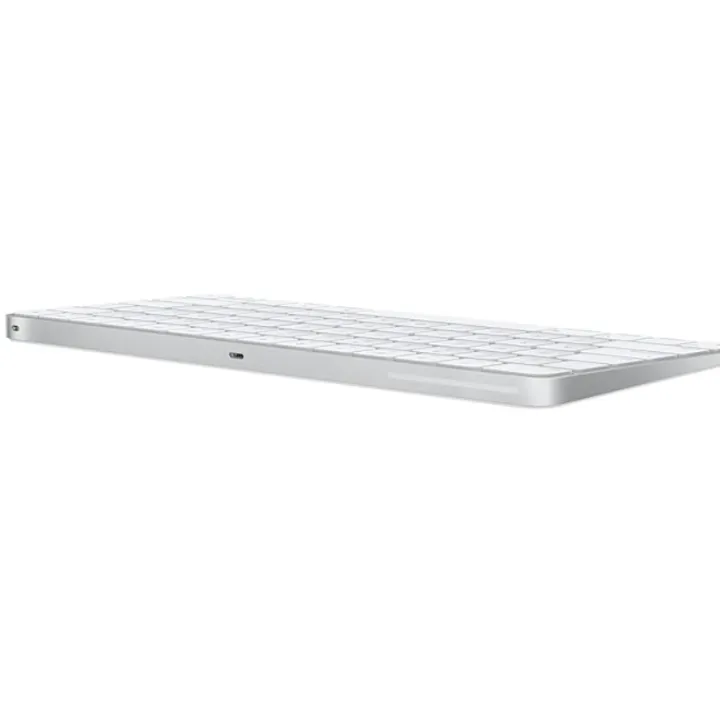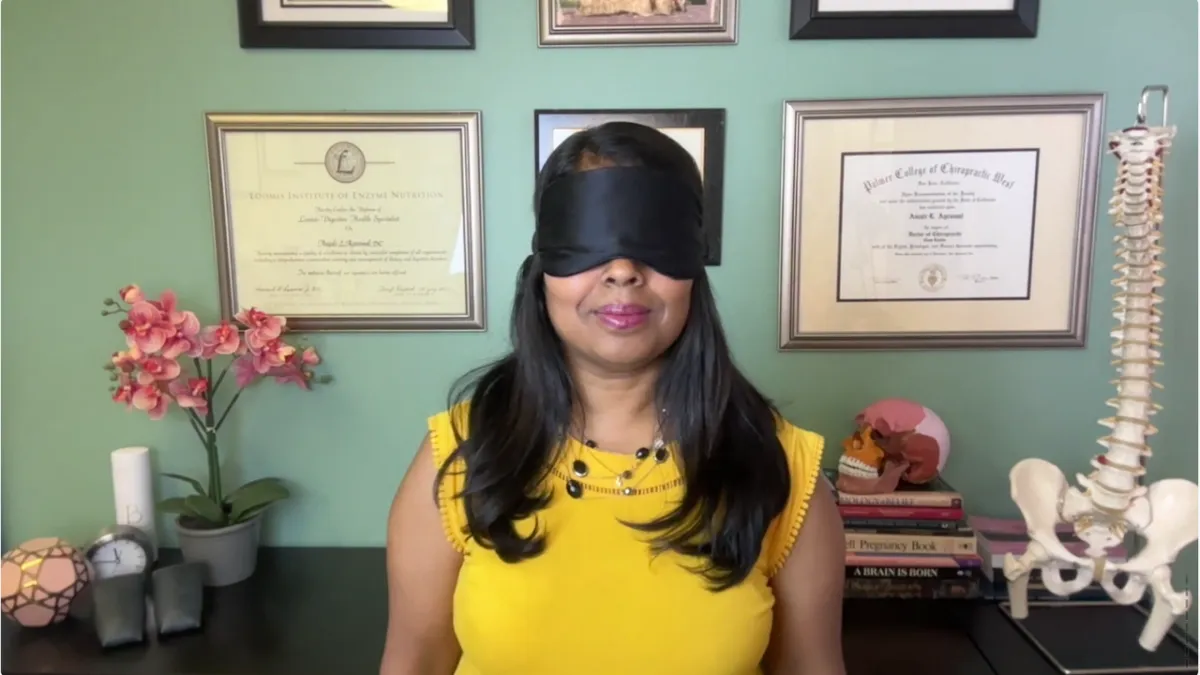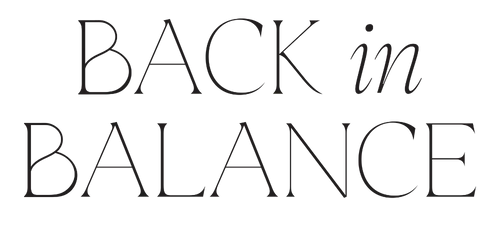

Apple Trackpad

Apple Keyboard


Are you wanting to get pregnant or expecting a little one? Get out free checklist today. This Ultimate Fertility and Pregnancy Checklist gives you everything you need to know for optimized health.

Unlock the secrets to managing stress with our Overcoming Stress Mini Course. Learn how to leverage your nervous system to reduce anxiety and improve well-being. Join today for quick, effective stress relief strategies. Perfect for busy individuals seeking a healthier, stress-free life.

Are you wanting to get pregnant or expecting a little one? Get out free checklist today. This Ultimate Fertility and Pregnancy Checklist gives you everything you need to know for optimized health.

Do you ever feel stiff and sore from sitting all day? If so, download our printable bookmark and walk through the 10 point ergonomic checklist to help you get back in balance from anywhere!





Sleep Tips for Better Rest: How Going to Bed Early Doubles Your Rest
Ready to finally get the rest you’ve been missing? It’s not just about how many hours you sleep—it’s when you sleep that makes all the difference. In this post, we’ll dive into easy, science-backed sleep tips you can use tonight: from finding your true sleep type to unlocking the two-for-one rest rule and even a simple salt-and-sip hack to stop those middle-of-the-night wake-ups. Let’s get you on the path to deeper, more refreshing sleep—starting now.
Why Sleep Timing Matters
Did you know that every hour of sleep before midnight counts as two hours of rest? I didn’t either for the longest time. I thought six or seven hours was enough, no matter when I went to bed. But I learned that it’s not just the total hours—it’s when you sleep that makes the biggest difference in how rested you feel.
Discover Your Chronotype
One of the first things that helped me was taking the Sleep Doctor’s chronotype quiz. It told me whether I’m truly a night owl, an early bird, or somewhere in between. Once I knew my best sleep window, I paired that with my Oura ring data on stress and rest patterns. Suddenly, I could plan my evenings around my body’s natural sleep hours.
The Two-for-One Rest Rule
Research shows that an hour of sleep before midnight is like two hours after. That’s the best deal on rest you’ll find. If you can, aim to be in bed by 10 or 11 PM. I shifted my bedtime earlier and saw a huge change in my energy, focus, and mood the next day.
Fixing Middle-of-the-Night Wake-Ups
Waking at 1–3 AM is common. It could mean your body needs water but can’t hold on to it. Here’s a simple hack: put a pinch of pink Himalayan salt on your tongue before drinking water. The minerals help your cells absorb water so it doesn’t just flush right through. Try keeping a salted glass by your bed and sip it if you wake. It can cut down on bathroom trips and help you fall back asleep faster.
Easy Steps to Better Sleep Tonight
Take the Quiz: Find your chronotype and ideal sleep window.
Move Your Bedtime: Shoot for lights-out by 10–11 PM.
Salt & Sip: Use a pinch of Himalayan salt on your tongue before water to boost hydration.
Track & Tweak: Use a sleep ring or journal to see what works and adjust.
Over time, these small shifts train your body clock, calm your mind, and help you wake up truly refreshed.
If you want a shortcut? We have two things to help: Healthy Humans: https://backinbalancehealth.com/healthy-human-program and our FREE Symptoms Masterclass: https://link.msgsndr.com/widget/form/emuFebQ5zsdvST1vrNRh.

Sleep Tips for Better Rest: How Going to Bed Early Doubles Your Rest
Ready to finally get the rest you’ve been missing? It’s not just about how many hours you sleep—it’s when you sleep that makes all the difference. In this post, we’ll dive into easy, science-backed sleep tips you can use tonight: from finding your true sleep type to unlocking the two-for-one rest rule and even a simple salt-and-sip hack to stop those middle-of-the-night wake-ups. Let’s get you on the path to deeper, more refreshing sleep—starting now.
Why Sleep Timing Matters
Did you know that every hour of sleep before midnight counts as two hours of rest? I didn’t either for the longest time. I thought six or seven hours was enough, no matter when I went to bed. But I learned that it’s not just the total hours—it’s when you sleep that makes the biggest difference in how rested you feel.
Discover Your Chronotype
One of the first things that helped me was taking the Sleep Doctor’s chronotype quiz. It told me whether I’m truly a night owl, an early bird, or somewhere in between. Once I knew my best sleep window, I paired that with my Oura ring data on stress and rest patterns. Suddenly, I could plan my evenings around my body’s natural sleep hours.
The Two-for-One Rest Rule
Research shows that an hour of sleep before midnight is like two hours after. That’s the best deal on rest you’ll find. If you can, aim to be in bed by 10 or 11 PM. I shifted my bedtime earlier and saw a huge change in my energy, focus, and mood the next day.
Fixing Middle-of-the-Night Wake-Ups
Waking at 1–3 AM is common. It could mean your body needs water but can’t hold on to it. Here’s a simple hack: put a pinch of pink Himalayan salt on your tongue before drinking water. The minerals help your cells absorb water so it doesn’t just flush right through. Try keeping a salted glass by your bed and sip it if you wake. It can cut down on bathroom trips and help you fall back asleep faster.
Easy Steps to Better Sleep Tonight
Take the Quiz: Find your chronotype and ideal sleep window.
Move Your Bedtime: Shoot for lights-out by 10–11 PM.
Salt & Sip: Use a pinch of Himalayan salt on your tongue before water to boost hydration.
Track & Tweak: Use a sleep ring or journal to see what works and adjust.
Over time, these small shifts train your body clock, calm your mind, and help you wake up truly refreshed.
If you want a shortcut? We have two things to help: Healthy Humans: https://backinbalancehealth.com/healthy-human-program and our FREE Symptoms Masterclass: https://link.msgsndr.com/widget/form/emuFebQ5zsdvST1vrNRh.
LOCATION
949 Sherwood Ave. #100
Los Altos, CA 94022
HOURS
Sunday 12pm - 4 pm
Monday 10am - 4pm
Tuesday 1pm - 4pm
Wed-Fri 10am - 4pm
Saturday Closed
CONTACT
© Back In Balance 2025 | FAQs | Terms & Conditions | Privacy Policy | Site Credit
©2025 Back In Balance Health. All Rights Reserved. – WEBSITE By: Danielle Damrell Creative Collective, Inc.

